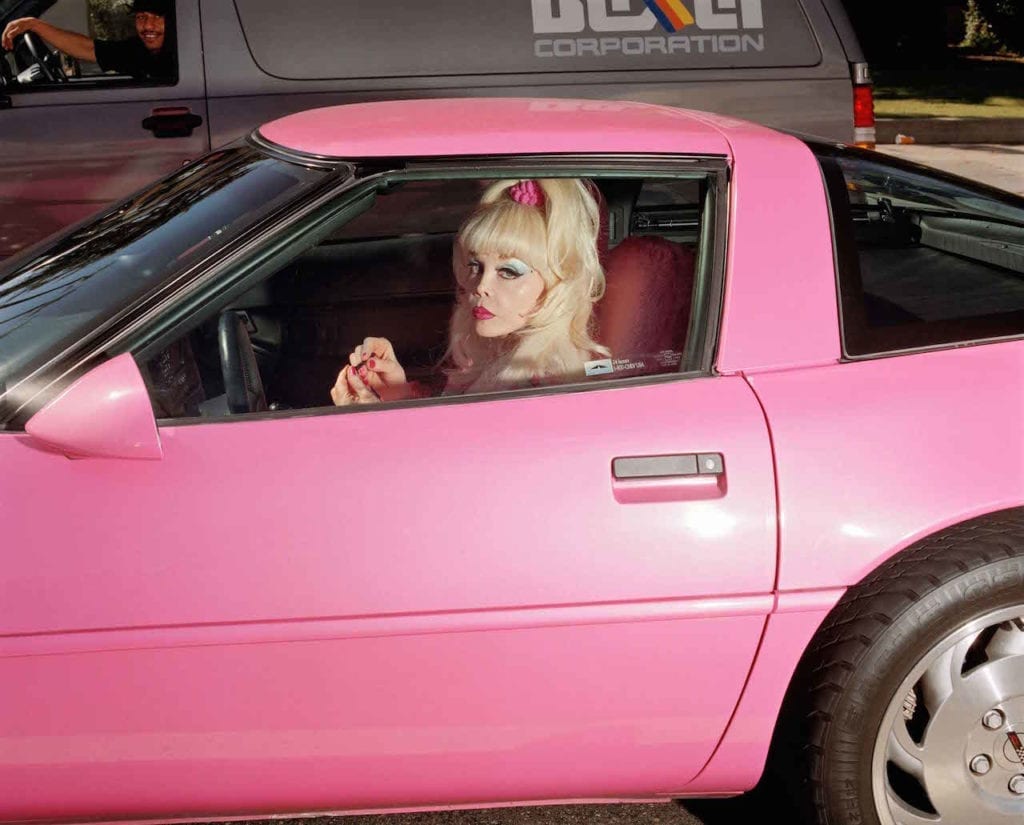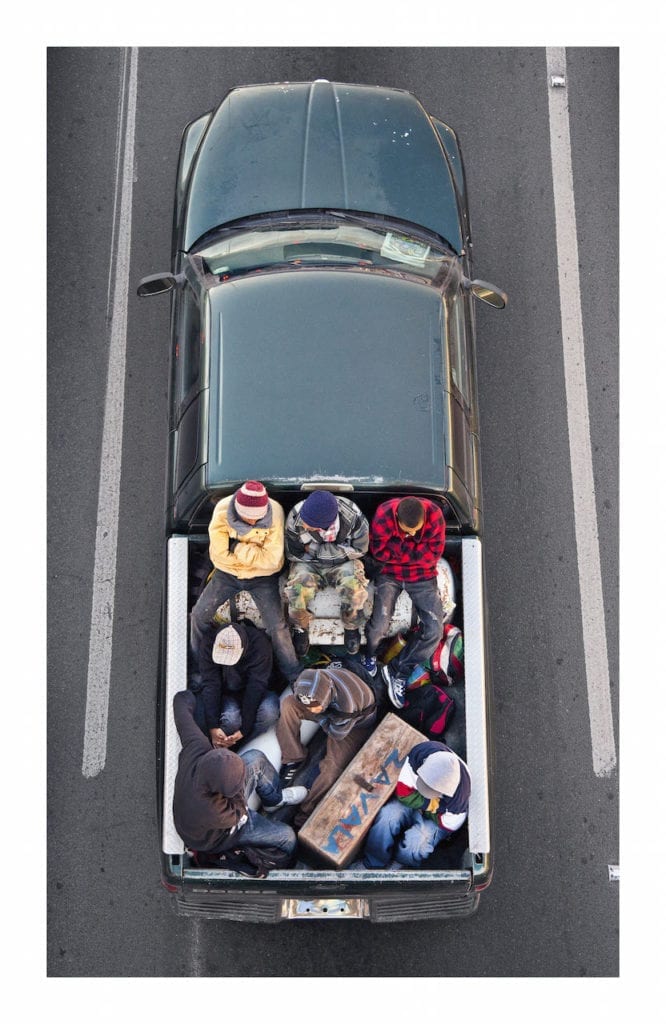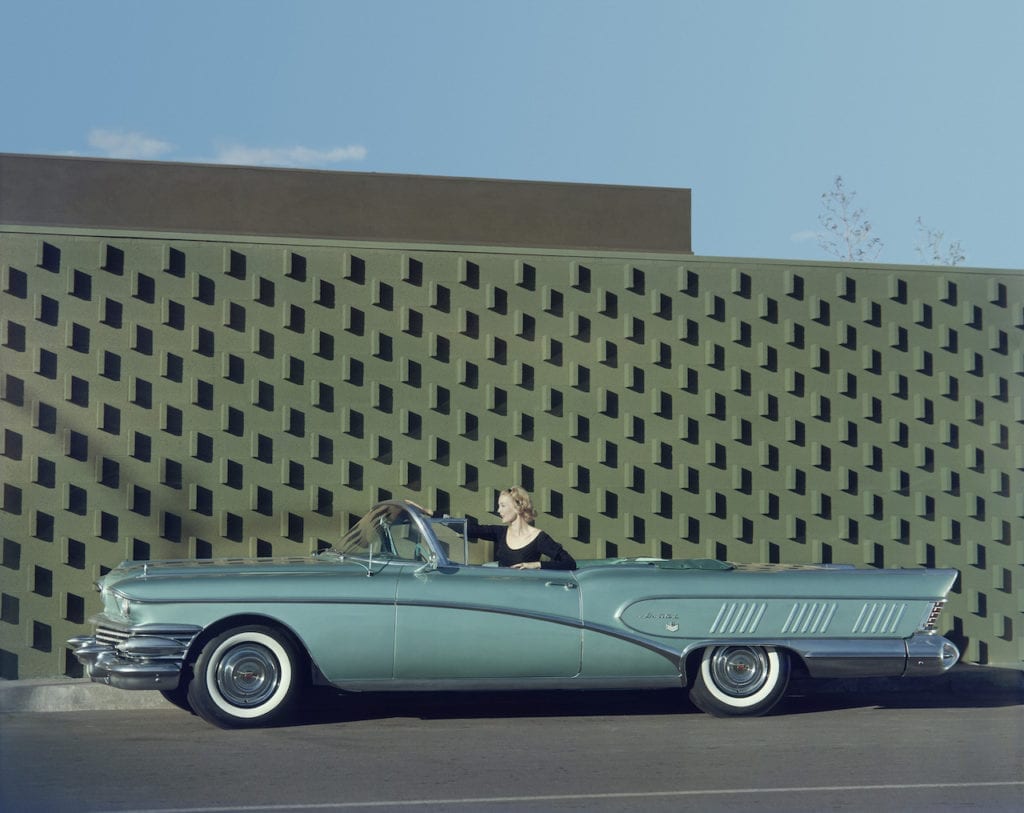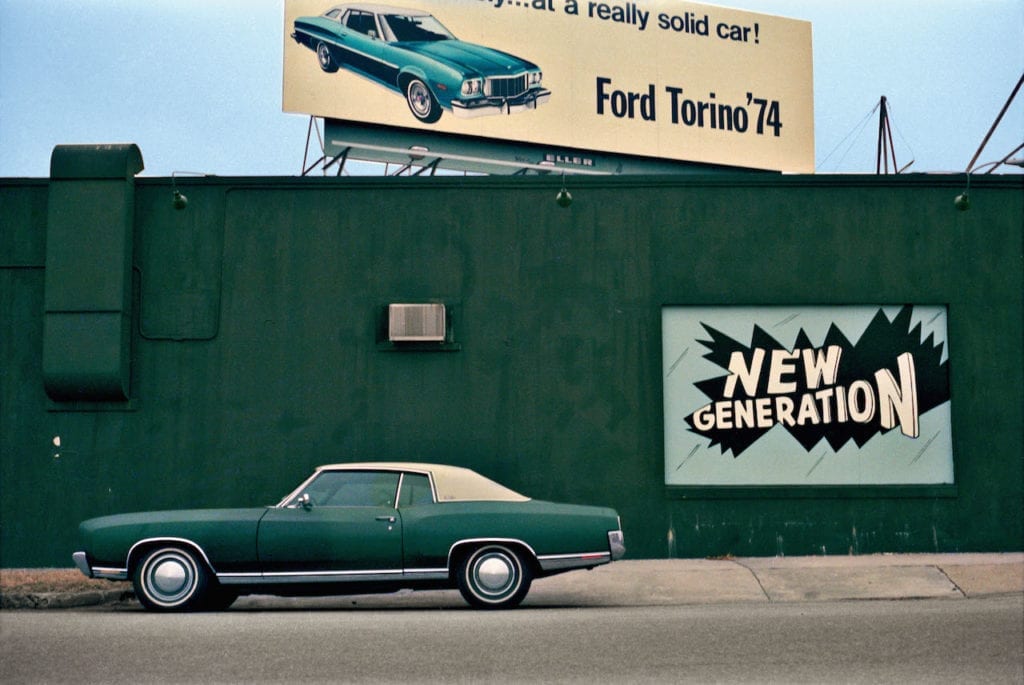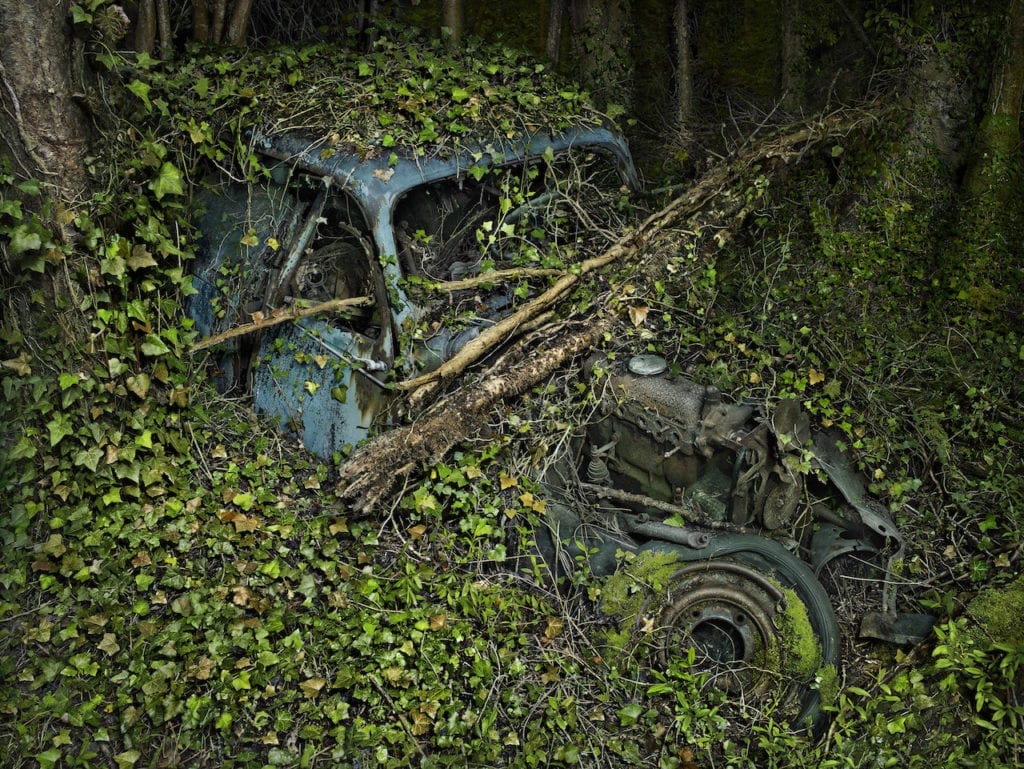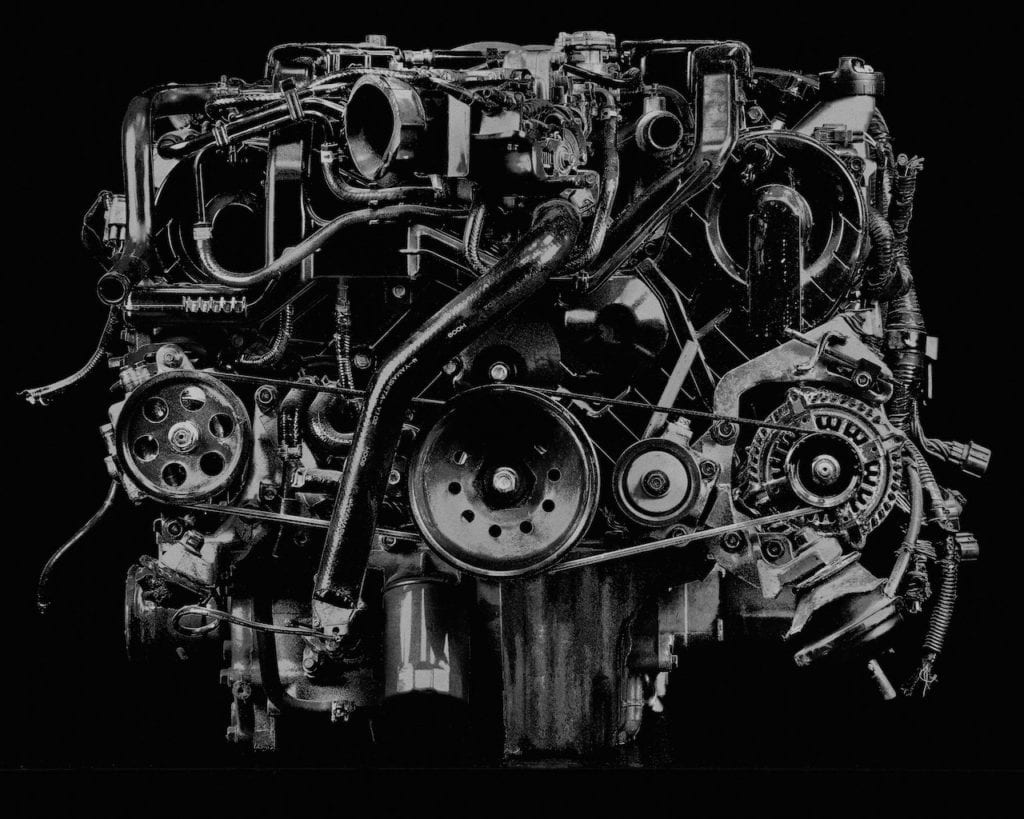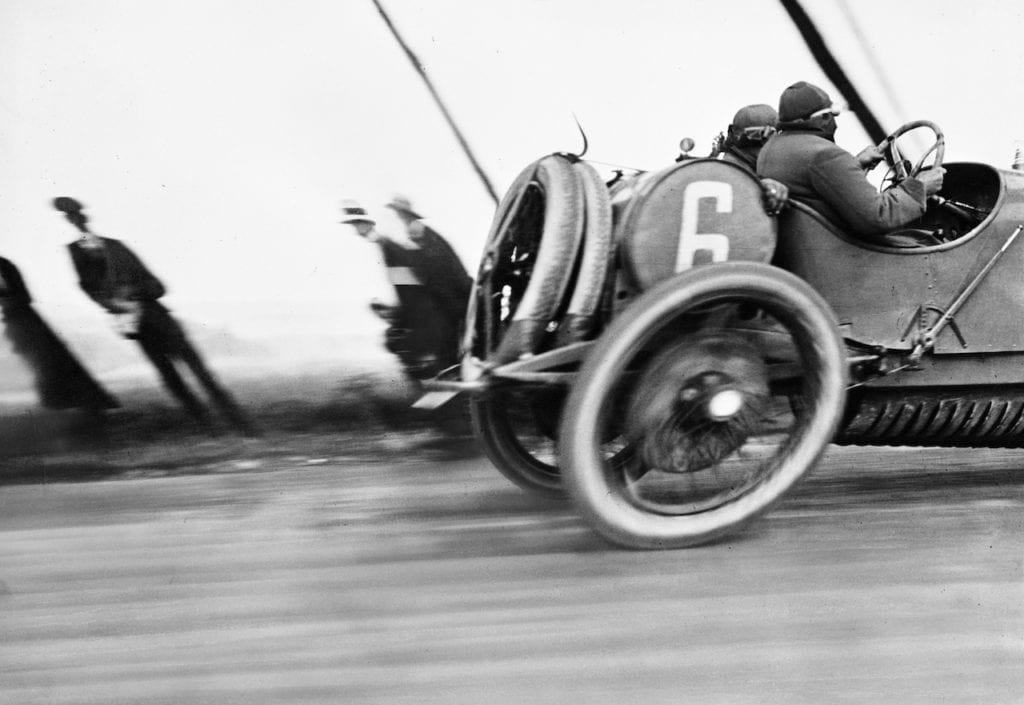By the end of the 19th century, the camera and the car had helped pave the way for a new, more modern perspective – images by freezing time, from multiple perspectives, and automobiles by speeding things up.
Now the Fondation Cartier pour l’art contemporain in Paris is devoting a huge exhibition to the two, showing how they have altered our lives and our visions of them – and how they continue to evolve. As curators Xavier Barral and Philippe Séclier comment: “Over the last few years we have witnessed an industrial, societal and environmental turning point in automobile history. On the other hand, photography has never been shared so much.”
With the automobile and the camera, they explain, everyone can be in action in space and in time – cars providing almost everyone, everywhere, with autonomy and movement, and the photography allowing them to record their presence in history. “It was time to unify these two popular techniques, which have transformed the social bond into an artistic journey,” say the curators. “And this is the first time that a photographic exhibition of this magnitude has been organised on this theme.”
The exhibition brings together over 90 photographers, including work by well-known figures such as Jacques-Henri Lartigue, William Eggleston, Lee Friedlander, Stephen Shore and Walker Evans, as well as less famous and even anonymous artists. The show is divided into five sections, each designed to give a different insight into the intersection of images and automobiles. “With the exhibition design, by artist-designer Constance Guisset, we are proposing a journey to the public,” say the curators.
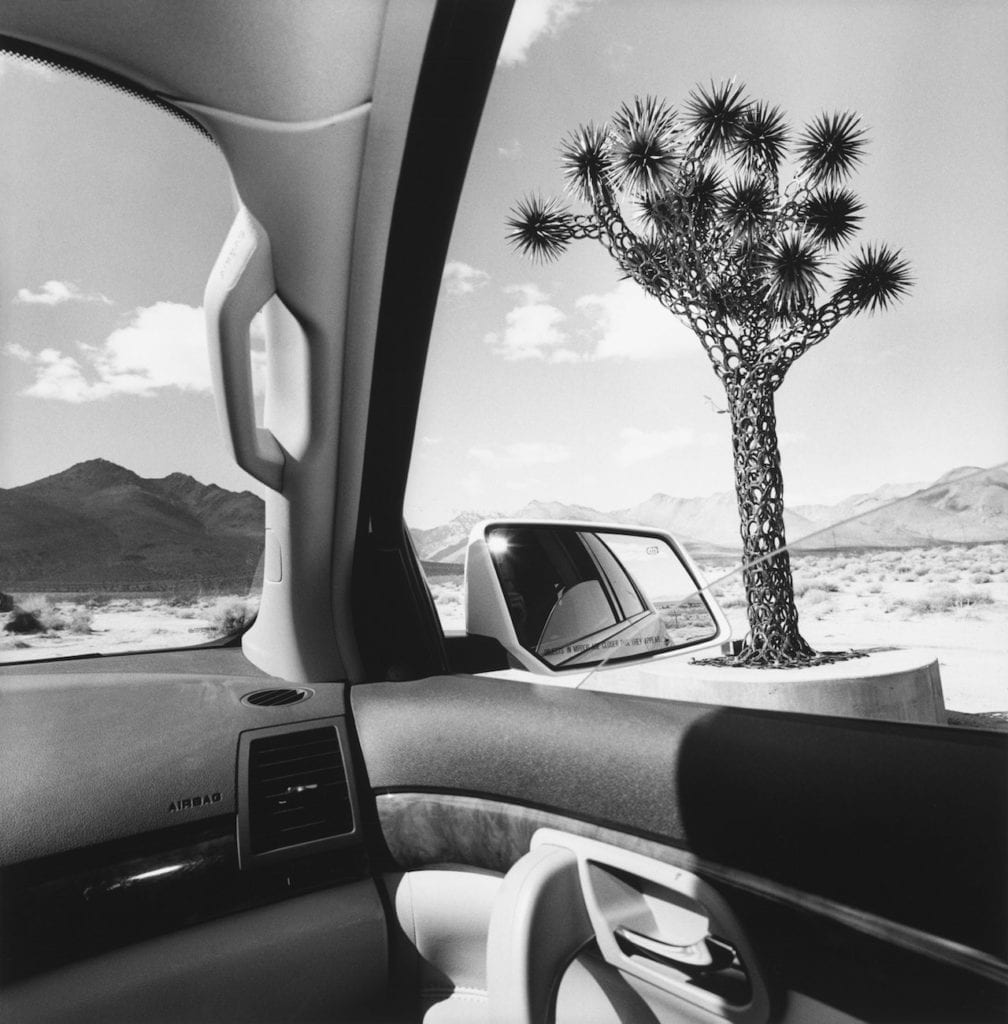
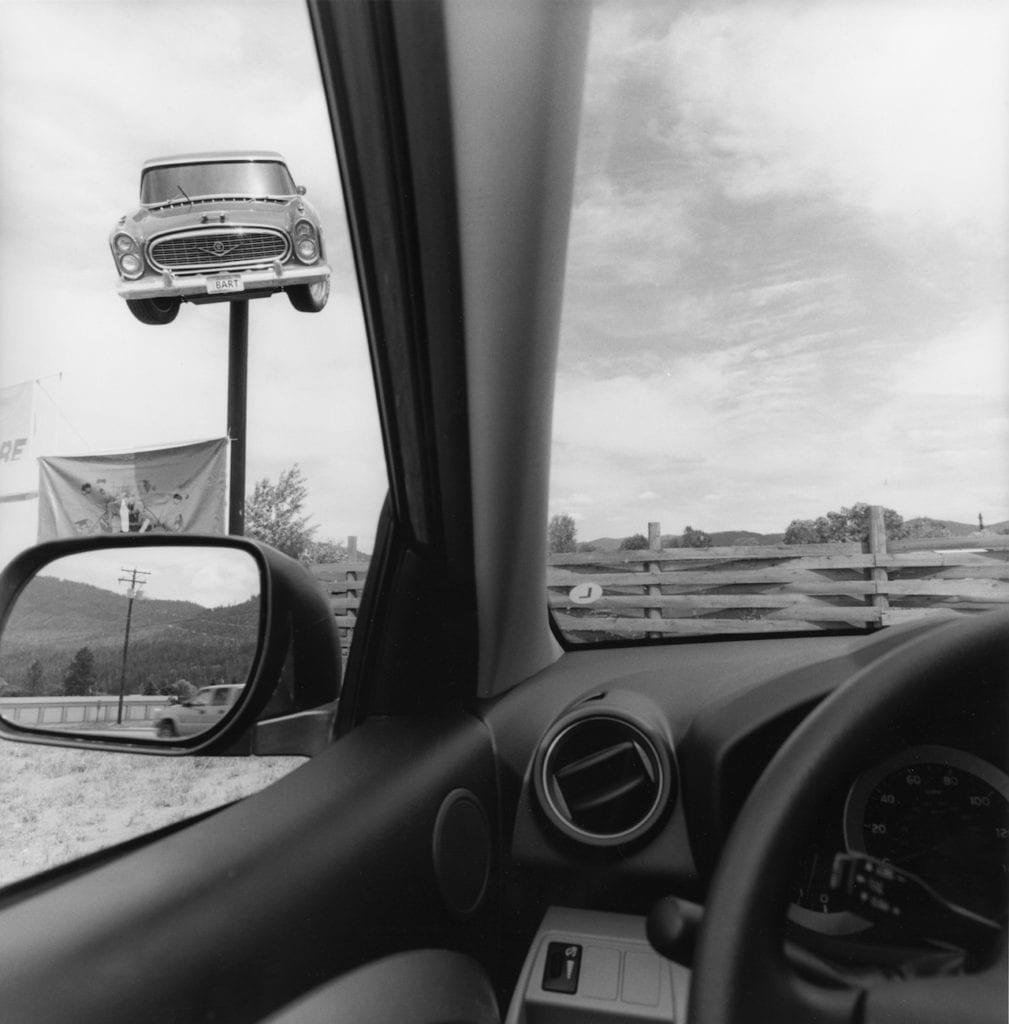
The exhibition starts with the car’s first appearance in photographs, and early attempts to control speed and time; the second section shows cars becoming characters in the urban landscape. The third part places the viewer in the automobile, and shows both how they have become a tool for photographers and how they’ve changed the world with the emergence of car parks, service stations and motorways.
The last two sequences show how the car, its manufacture, and its representation in advertising has changed over time. “The last room shows, finally, that like any other object, the automobile is destined to disappear,” say the curators. “But it can also reborn, like the Phoenix, thanks to the creative genius of the human being and his ability, when he wants, to recycle his own production.”
Autophoto is on show at the Fondation Cartier pour l’art contemporain until 24 September. A catalogue, which includes a foreword by the curators and a text by Tate Modern photography curator Simon Baker, is also available. www.fondationcartier.com
